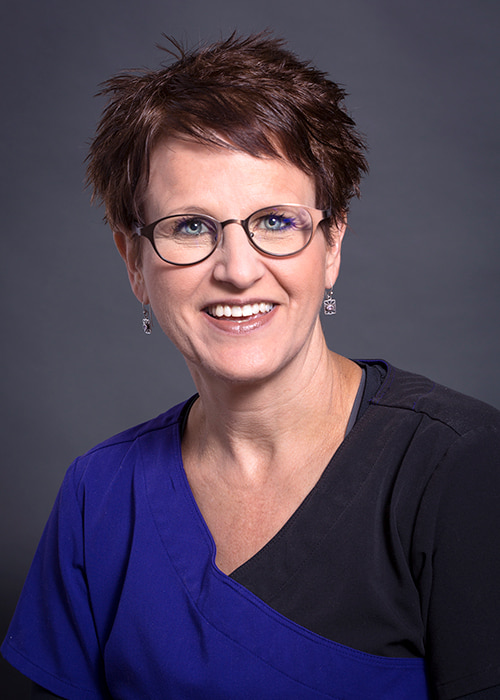When Backpacks Attack
Backpacks continue to get heavier, even for elementary school-age children. These heavier backpacks can lead to back, neck and shoulder pain. A heavy backpack can also have long-term effects. The overweight packs can cause scoliosis, damage to the spine and reduce breathing capacity due to poor posture.
A loaded backpack should never weigh more than 15 percent of your child’s weight. Just a couple books and a lunch can quickly approach this safe threshold.
Reducing the Load
Encourage your child only to pack the essentials and leave some books and supplies at home or in their locker. Don’t be afraid to work with teachers to find out what is essential. In some cases, you might be able to buy duplicate supplies for your house, so your child doesn’t need to transport items to use at home and at school.
Hydration is great, but a full water bottle can add weight. Send your child to school with an empty water bottle and have them fill it when they get there.
Another way to lighten the load is by buying the right backpack for your child.
Choose it Right
Backpacks have evolved over time, starting out as a simple knapsack to now being large bags nearly the size of our kids, making them look like cute little turtles. As cute as the large backpacks might look, we have to make sure our children have a backpack that fits their body.
Here are four things to consider when purchasing a backpack:
- Lightweight – Make sure the backpack is not adding too much to your child’s load. Leather packs look cool, but they weigh more than canvas backpacks.
- Wide straps – Shoulders and necks have many blood vessels and nerves that can cause pain and tingling in the neck, arms and hands when too much pressure is applied. Straps that are too narrow can dig into shoulders.
- Padded back – Provides more comfort and protects your child from being poked by sharp objects or edges inside the pack.
- Waist belt – Helps distribute the weight more evenly across the body.
Wear it Right
Now the hard part – getting your child to wear the backpack properly.
Tips to help your child:
- Use both straps to help distribute weight evenly across the body. While throwing the backpack over one shoulder has always been an easy and popular way to wear a backpack, it can lead to health problems.
- Make sure the straps fit snug against the body. This will relieve pressure from your child’s spine and shoulders.
- The top of the backpack should be about two inches below the shoulder blades with the bottom resting in the curve of the lower back.
- Wear the waist strap. Make sure you buy a backpack that has a waist strap and have your child wear it! Although it is one extra click, having this strap secured will help with balance and distributing weight evenly across the body.
- Pack it right. Make sure the backpack weighs less than 15 percent of your child’s weight. Make a game of figuring this out. Have your child step on a scale without the backpack, then put the backpack on and see how much weight it adds. This could even be a way to sneak some math skills into your child’s day! Younger children could use addition/subtraction skills while older kids can practice figuring the percentage.
Backpack Safety is Important to Your Child’s Well-being
If your child complains of back pain or discomfort, just remember ‘pack it right, wear it right’. First, take a look at what is in the backpack. See if you can lighten the load and make sure heavier items are stored towards the back. Encourage your child to wear it right following the tips above. If pain continues, follow up with your child’s doctor.

Julie Heftie, Occupational Therapist
Health Expert
Julie Heftie is an Occupational Therapist with Bryan Health Pediatric Rehabilitation Services.








